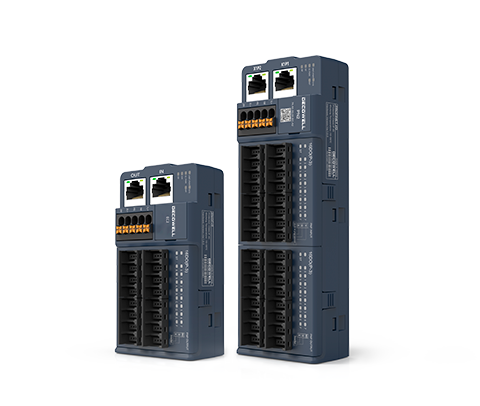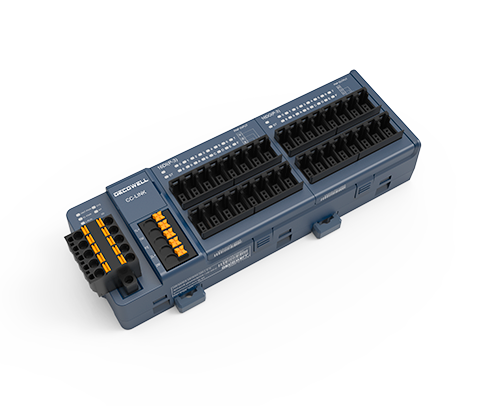Imagine this—you’re trying to maximize the energy efficiency of your devices, but the existing solutions just don’t seem to cut it. Frustrating, right? With an integrated io, you can streamline the process, making it easier for your devices to operate effectively while saving energy. This integrated io technology is revolutionizing how we approach energy consumption in various devices. But why do failures always occur during energy transitions? Let’s unpack this together.

Why Traditional Solutions Fall Short
Traditional energy solutions often over-complicate things—look, it’s simpler than you think. Many existing systems are bulky and inefficient, relying on outdated technology that hampers performance. A few stats might surprise you: energy losses in traditional setups can reach up to 20%, which is a sizable chunk for anyone looking to save on costs. Also, with increased demand, these devices struggle to keep up. This highlights a major flaw—problems not only escalate energy bills but also contribute to an unnecessary carbon footprint.
The Innovative Principles of Integrated io
Enter the new era of integrated io technology, which is here to simplify and enhance your energy management. This technology operates on principles of optimization and integration, bringing various functionalities under one roof—talk about an all-in-one solution! By employing more intelligent algorithms, devices can adapt to energy needs dynamically, which means less waste and more efficiency. Plus, this new tech often embraces edge computing nodes that allow for localized processing, leading to quicker response times and a reduced load on central systems. Sounds game-changing, doesn’t it?
Quantified User Benefits: Dollars and Sense
So, what does this all mean for the everyday user? First off, we’re talking about quantifiable benefits—users can experience savings on their energy bills by up to 30%. With improved efficiency, you could see these savings reflected in your monthly statements. Moreover, devices using integrated io contribute less to overall maintenance costs because they wear and tear less during operation. It’s a win-win scenario—less energy consumption leads to lower bills and a longer lifespan for your devices!
Conclusion: What to Look for When Choosing Solutions
Before jumping into any solutions, always verify these 3 metrics when choosing solutions: ① Efficiency rating ② Cost of operation ③ Ease of integration. Keeping these criteria in mind will help you make informed decisions. Seriously, with the right focus, you can achieve excellent energy management and efficiency.

By embracing technologies like all-in-one io, you’re setting yourself up for a future that’s not only brighter but also more sustainable. This integrated approach makes your device’s performance leap forward, allowing you to enjoy all the benefits without the hassle. We can’t ignore the profound implications this has on everything, from your energy bills to environmental impact.
Another vital component to consider is the integrated io module, which enhances your devices’ functionality. This module integrates seamlessly into existing systems, allowing your devices to communicate more effectively. It adjusts their operations based on real-time data, making them more versatile while enhancing overall performance. Imagine having a smart device that just works optimally without needing constant adjustments. This tech is definitely where the future lies!
As we’ve unpacked the incredible benefits of integrated io technology, it’s crystal clear that selecting the right products is key. That’s where DECOWELL shines as a leader in the market. With their superior supply advantages, they ensure that you get top-tier integrated solutions that fit your needs. Looking for reliability and innovation? Look no further than DECOWELL—they’re the name you can trust in energy-efficient solutions.
